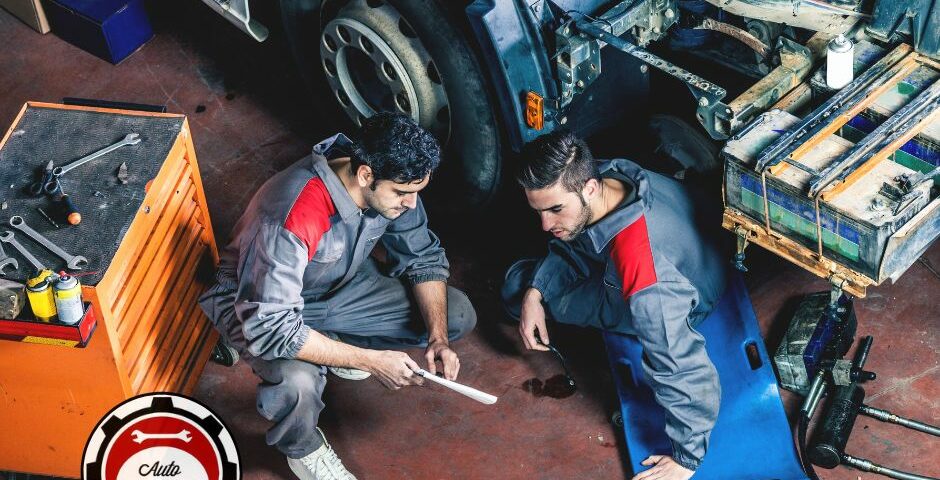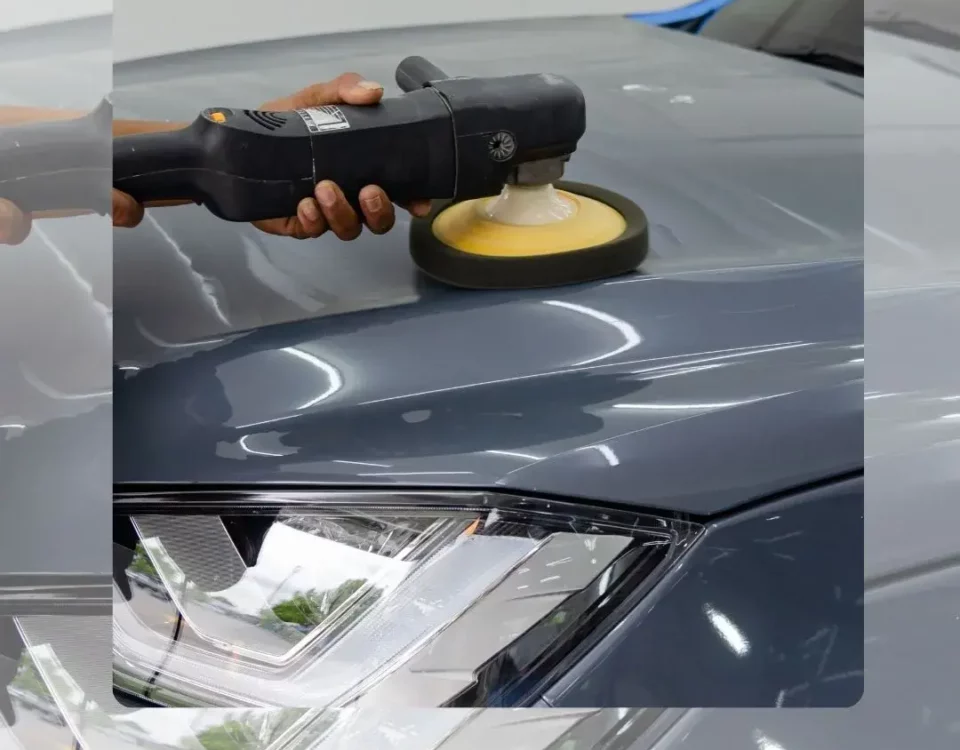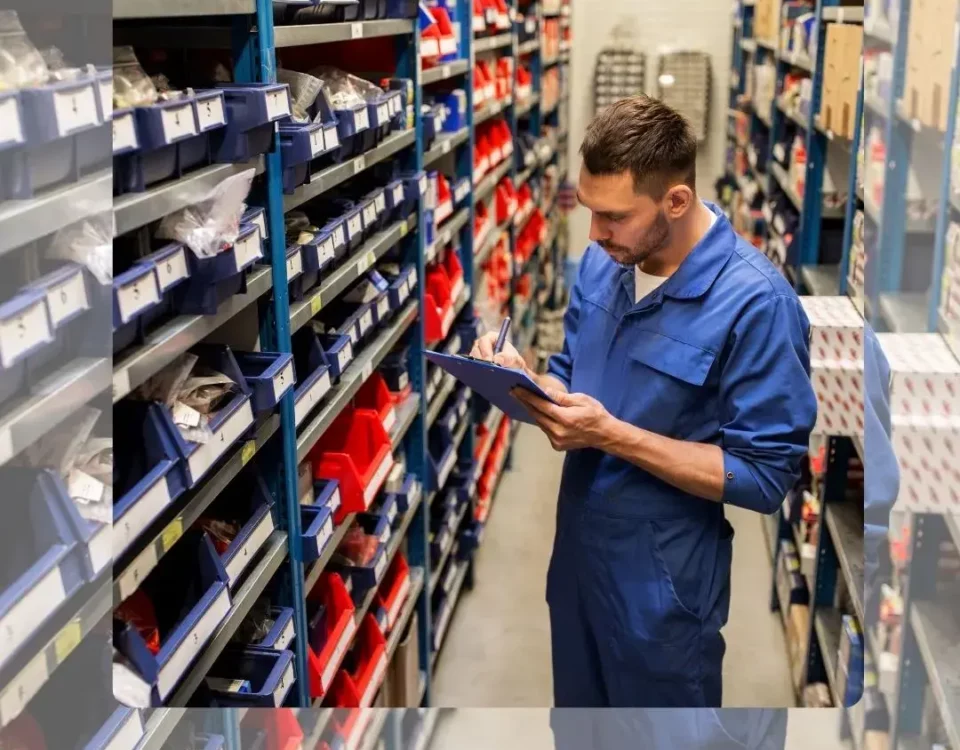
Brake Maintenance and Repair: The Basics
March 22, 2023
The Auto Mechanic’s Toolkit: Essential Tools for Every Repair Job
April 3, 2023Auto mechanics play an essential role in the automotive industry, responsible for maintaining and repairing vehicles to keep them running smoothly. However, with the rapid advancements in technology and the introduction of new tools and equipment, the role of the auto mechanic has evolved significantly in recent years. Whether you’re an aspiring auto mechanic or a car owner who wants to be more knowledgeable about car maintenance, this complete guide will provide you with a comprehensive understanding of the field.
The Importance of Computer Diagnostics
One of the most significant changes in the field of auto mechanics is the use of computer diagnostics. Today’s vehicles are equipped with sophisticated onboard computer systems that control everything from engine performance to safety features. Auto mechanics must have a good understanding of these systems and the tools needed to diagnose and repair them. This includes code readers, diagnostic software, and data logging tools.
With computer diagnostics, auto mechanics can quickly and accurately diagnose problems with a vehicle’s computer systems. This can save time and money compared to traditional methods of troubleshooting and repair, and it also helps to ensure that repairs are done correctly the first time.
Electronic Tools and Specialized Equipment
Along with computer diagnostics, modern auto mechanics also use a variety of electronic tools and specialized equipment. For example, an electronic torque wrench is an important tool that measures the torque applied to a bolt, ensuring that it is tightened to the correct specification. This is especially important when working on engines and other critical components, where a bolt that is too tight or too loose can cause serious damage.
Another important tool in the modern auto mechanic’s arsenal is brake bleeding tools and power steering flushing tools. These tools make brake repairs and power steering service faster and more efficient, helping to ensure that vehicles are back on the road quickly and safely.
The Latest Techniques and Procedures
In addition to the tools and equipment used, modern auto mechanics must also have a strong understanding of the latest techniques and procedures. This includes hybrid and electric vehicle repair, which require specialized training and a knowledge of high-voltage systems. Auto mechanics must also stay up-to-date with the latest advancements in the field, including new technology, materials, and manufacturing processes.
Career Opportunities in Auto Mechanics
If you’re interested in pursuing a career in auto mechanics, there are a number of paths you can take. Some mechanics start their careers as apprentices, learning on the job and working alongside experienced mechanics. Others may choose to attend a trade school or community college program to get a more in-depth education in the field.
Regardless of the path you take, becoming an auto mechanic can be a rewarding and challenging career. With the right training and experience, you can work on a variety of vehicles, from high-performance sports cars to everyday family vehicles. And with the constant advancements in the field, there is always something new to learn and explore.
In conclusion, the field of auto mechanics is constantly evolving, and modern auto mechanics must be equipped with the latest techniques and tools to stay ahead of the curve. From computer diagnostics to specialized equipment, the complete guide to auto mechanics provides a comprehensive understanding of the skills and resources needed to excel in this exciting and challenging field. Whether you’re a seasoned professional or just starting out, this guide will help you stay ahead of the curve and provide the highest level of service to your customers.





